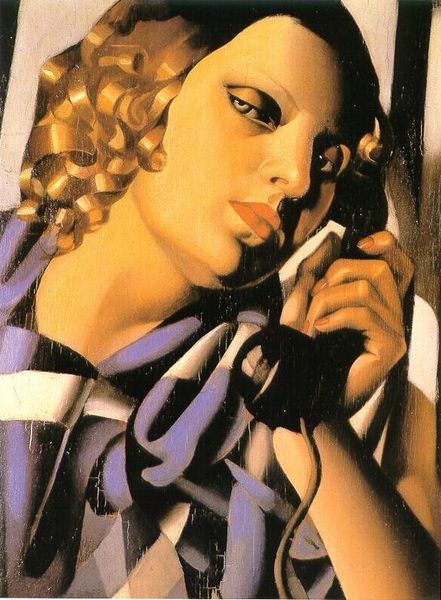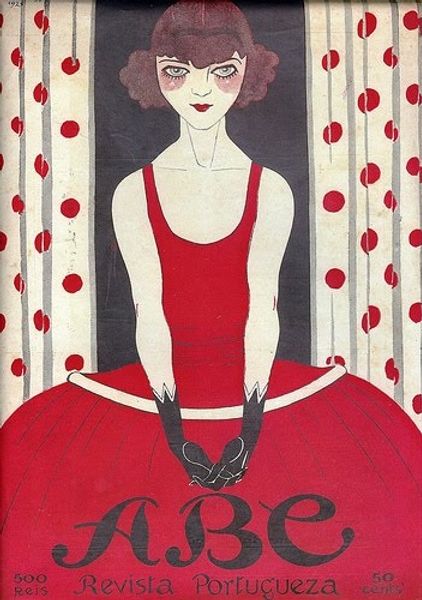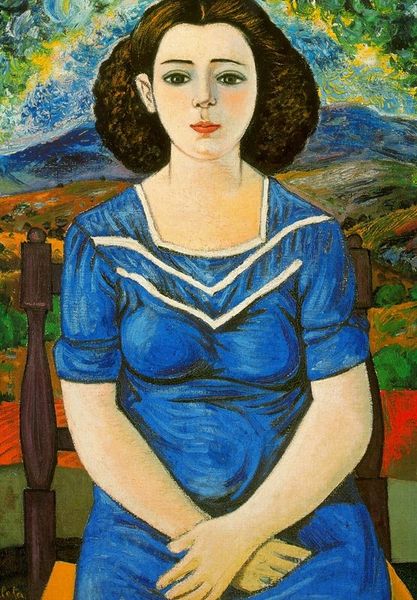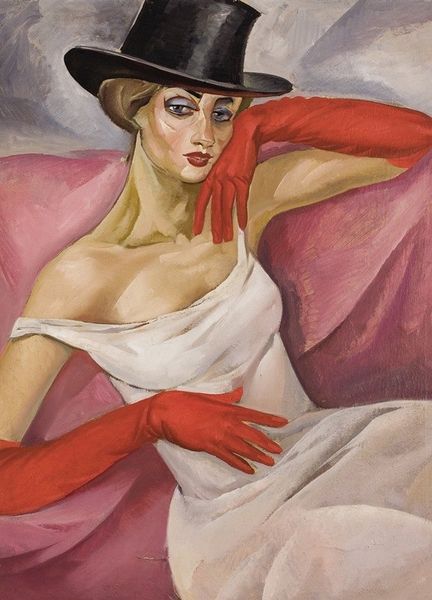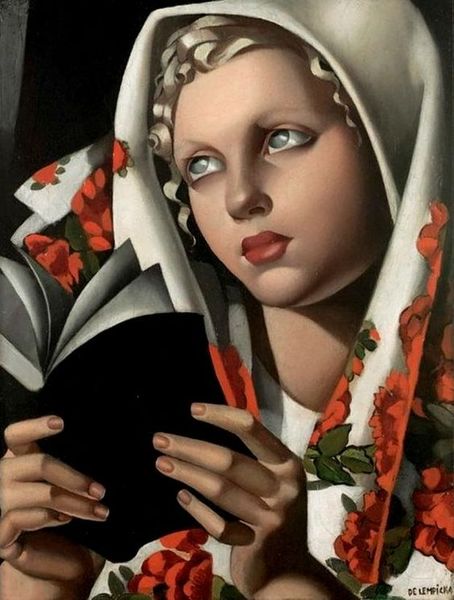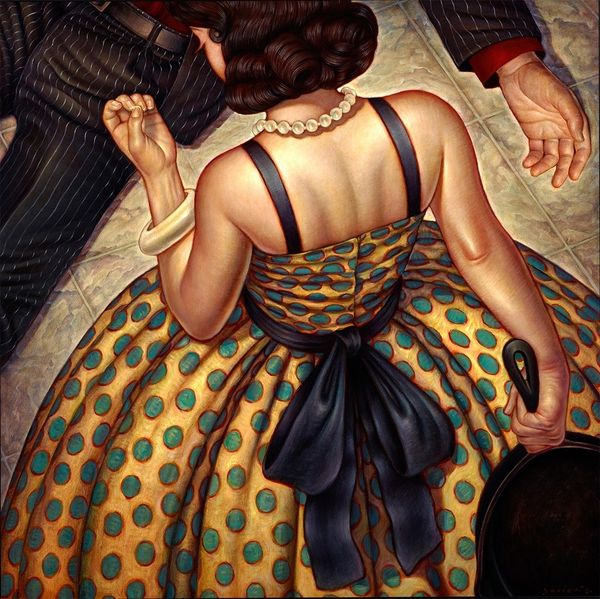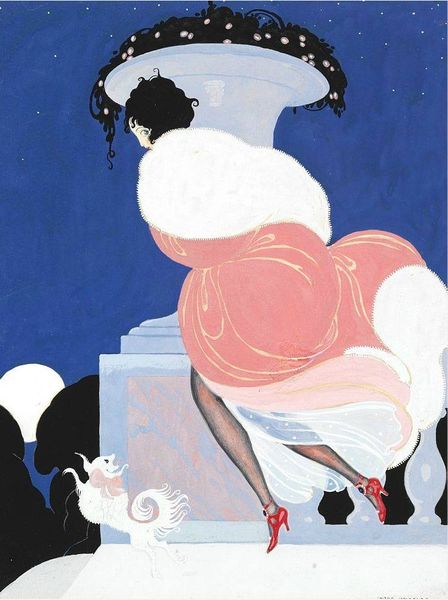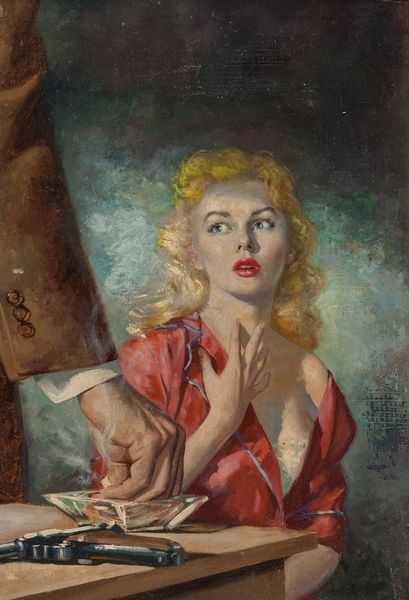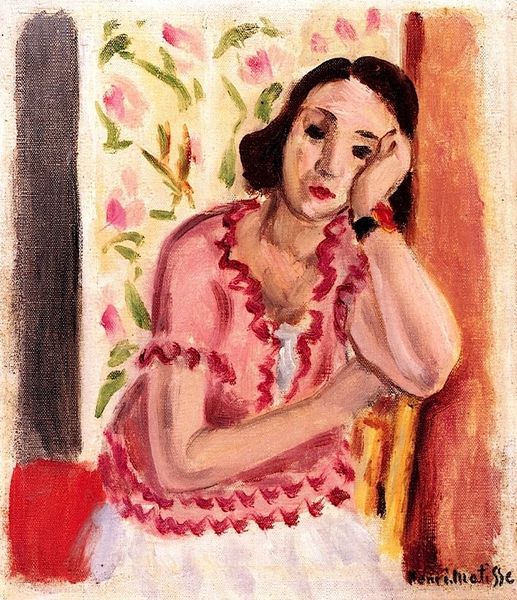
painting, acrylic-paint, impasto
#
portrait
#
portrait
#
painting
#
acrylic-paint
#
figuration
#
impasto
#
mexican-muralism
Copyright: Diego Rivera,Fair Use
Curator: Here we have Diego Rivera’s “Portrait of an Actress,” painted in 1948. It's a compelling image; what are your initial thoughts? Editor: It strikes me as… unsettling. The impasto is so thick it feels like she’s sculpted from acrylic paint rather than simply portrayed with it. Almost suffocating in its materiality. Curator: Rivera was deeply invested in figuration, part of a broad return to it after abstraction gained traction. This portrait speaks to that, particularly the interest in representing figures of public importance. It's thought that Rivera started making portraits because the elite wanted him to reproduce his successful murals in smaller sizes. Editor: Interesting how that plays out materially here. The subject is adorned, her presentation is the means to her making. But that cigarette... what brand is she smoking? Curator: We don't know what brand she’s smoking, but it is part of an established motif. Think of depictions of working-class leisure during that time. It adds a specific air to her character and its accessibility at a certain socio-economic level, what can be considered her labor of leisure. Editor: Yes, it’s those kinds of every-day choices by Rivera. Look at her hands. It's very deliberate in its message and her engagement to smoking—labor becomes this form of embodied ritual or expression here, too, no? I wonder who supplied him with his materials; if those manufacturers and their laborers shared any space or common ground? Curator: It is that material history meeting in a particular point in time—a reflection on status but also the conditions of that status. He was very committed to expressing the lives of women of different classes throughout his career; there’s such social history to his works, so in line with his broader mural work. Editor: Absolutely, and by digging into the very matter that constitutes the art, its pigments and canvases and tools, we might also see some light reflecting on that society—a broader understanding on materials consumed in its making and ultimately consumed in our viewing. Curator: That’s a potent image. I find it fascinating how the image also exists as documentation in and of itself; it holds such potential energy through art history, political narrative, and material. Editor: Right. It’s a compelling interplay that encourages me to further unpack both its aesthetic and the historical production and impact that goes beyond what it seemingly conveys on the surface.
Comments
No comments
Be the first to comment and join the conversation on the ultimate creative platform.
